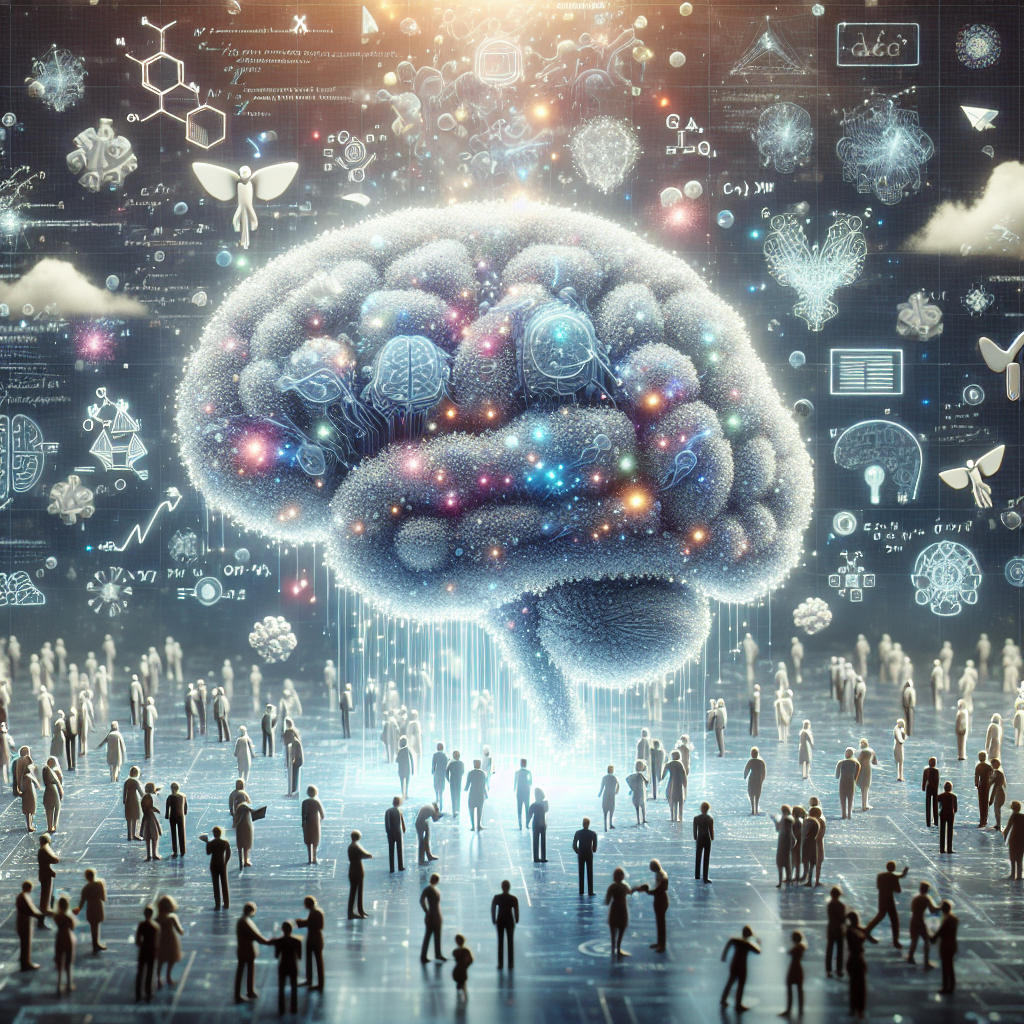Artificial Intelligence (AI) has been rapidly transforming various industries, and the field of education is no exception. One of the key areas where AI has shown great potential is in supporting Professional Learning Communities (PLCs) to build teacher capacity. PLCs are groups of educators who come together to collaborate, learn from each other, and improve their practice. By harnessing the power of AI, PLCs can become even more effective in supporting teacher growth and development.
AI technology can be used in a variety of ways to enhance the work of PLCs. One of the key benefits of AI is its ability to analyze large amounts of data quickly and accurately. This can be particularly useful in education, where teachers often have access to a wealth of student data, but may struggle to make sense of it all. AI can help educators to identify patterns and trends in student performance, leading to more targeted and effective teaching strategies.
In addition, AI can also be used to provide personalized professional development opportunities for teachers. By analyzing data on teachers’ strengths and weaknesses, AI can recommend specific resources, courses, or workshops that are tailored to each educator’s needs. This not only helps teachers to improve their practice, but also ensures that their professional learning is relevant and engaging.
Furthermore, AI can support PLCs in their collaborative work. By facilitating communication and information sharing among group members, AI can help PLCs to work more efficiently and effectively. For example, AI-powered platforms can provide a centralized hub for sharing resources, discussing ideas, and tracking progress on collaborative projects.
Overall, the integration of AI into PLCs has the potential to revolutionize professional learning for educators. By harnessing the power of AI, PLCs can become more data-driven, personalized, and collaborative, ultimately leading to improved teacher capacity and student outcomes.
FAQs:
Q: How can AI support teacher collaboration in PLCs?
A: AI technology can facilitate communication and information sharing among group members. By providing a centralized platform for sharing resources, discussing ideas, and tracking progress, AI can help PLCs to work more efficiently and effectively.
Q: How can AI help teachers to improve their practice?
A: AI can analyze data on teachers’ strengths and weaknesses to recommend personalized professional development opportunities. By identifying areas for growth and suggesting specific resources or courses, AI can support teachers in improving their practice.
Q: Will AI replace teachers in PLCs?
A: No, AI is meant to support and enhance the work of teachers in PLCs, not replace them. While AI can provide valuable insights and recommendations, it is ultimately up to educators to apply this information in their practice and make decisions that are best for their students.
Q: How can educators ensure that AI is used ethically in PLCs?
A: Educators should be mindful of the ethical implications of using AI in education. It is important to consider issues such as data privacy, bias, and transparency when implementing AI technology in PLCs. By setting clear guidelines and regularly assessing the impact of AI on teacher practice, educators can ensure that AI is used responsibly and ethically.

